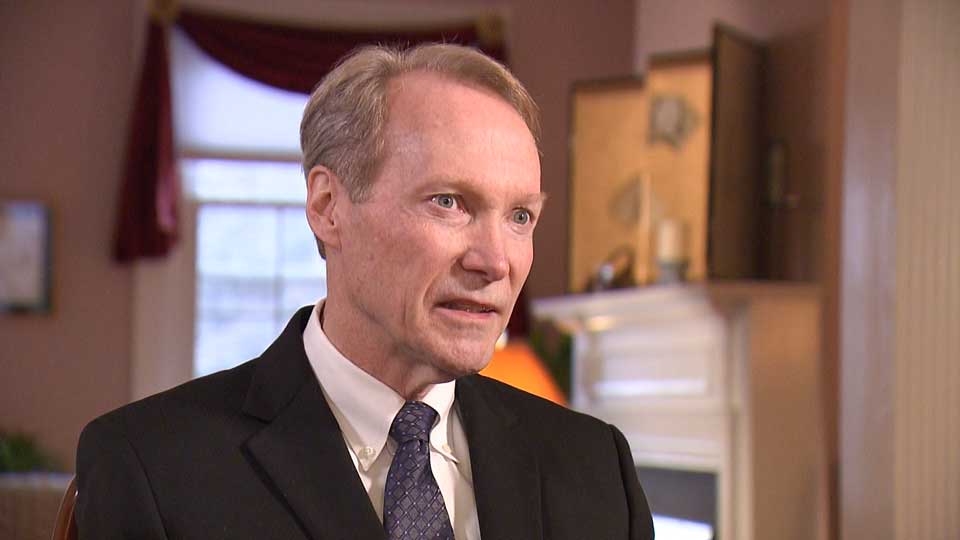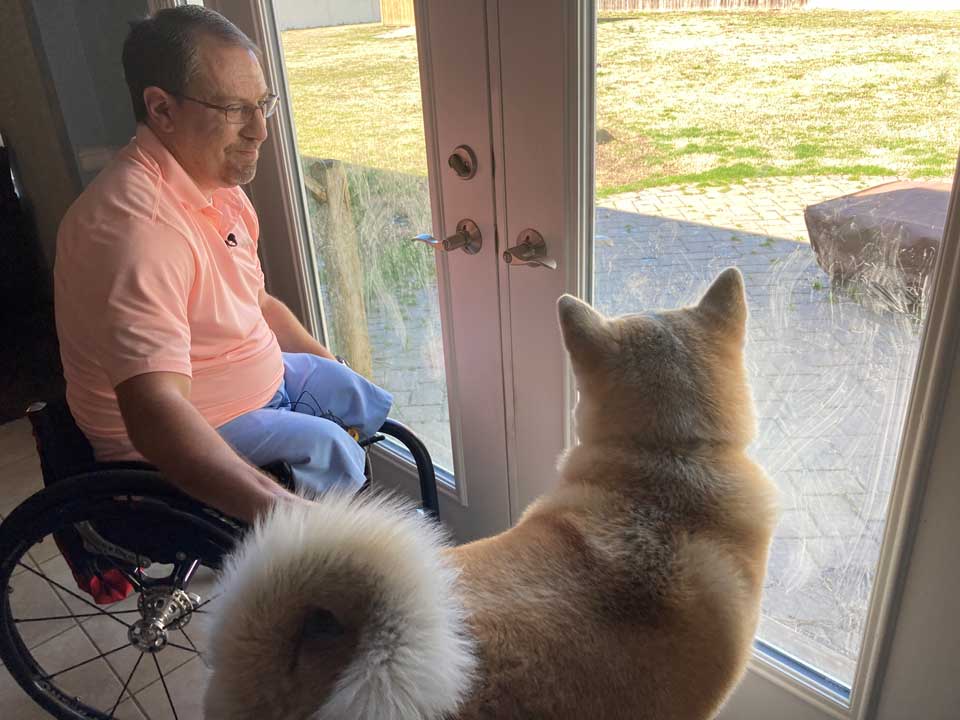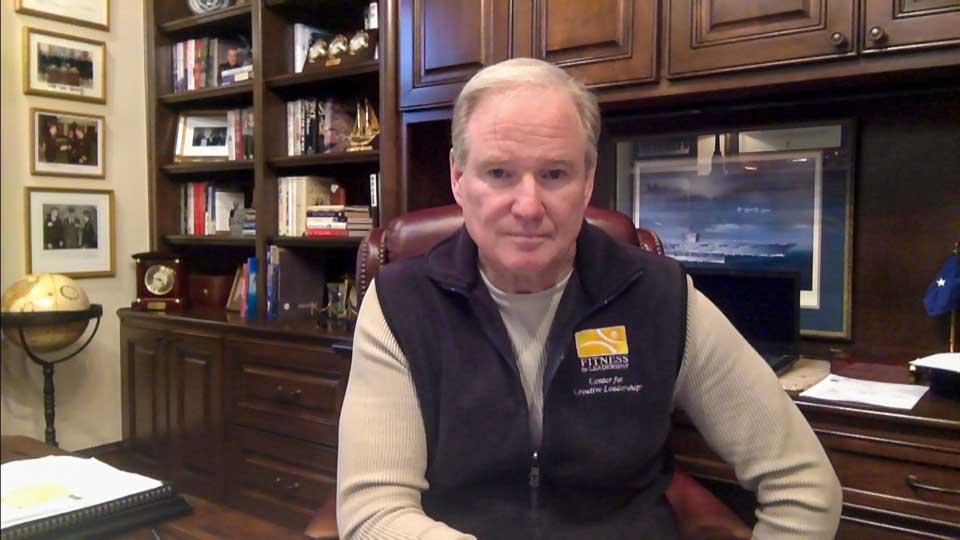Moments after the disaster, then-US State Department official Kevin Maher started acting as a liaison between the administrations of Washington and Tokyo. He helped coordinate a wide range of vital tasks, such as clearing debris and transporting food and goods to communities in need. He certainly had the credentials: fluent Japanese, and 19 years in the country as a diplomat for the US State Department.
Alliance in the balance
But it was the nuclear disaster at the Fukushima Daiichi power plant that proved most difficult. The US Department of Energy, without knowing if the facility was under control, started work on its own computer simulation of radiation spread. In the meantime, the White House, State Department, Department of Defense and others had a phone meeting to discuss a plan to evacuate the 90,000 Americans living in Tokyo.
The simulation ultimately proved that the evacuation was unnecessary. Looking back, Maher says the situation posed an extraordinary dilemma. "If we had known that the radiation had reached Tokyo, and its level was high, we would have evacuated immediately," says Maher. "But if we evacuated the area and then later found that it was not necessary, the Americans would have been seen as having run away. The Japanese people would not have trusted us thereafter. The foundation of the Japan-US alliance could have collapsed."

Crewmembers seek compensation
Operation Tomodachi is widely viewed as a success. However, the years since have not been without problems. Hundreds of crewmembers from the USS Ronald Reagan aircraft carrier, which participated in the effort, are suing the operator of the nuclear plant for health problems they attribute to radiation exposure. Some claim they suffered leukemia and thyroid problems.
The plaintiffs include former Lieutenant Steve Simmons, who was serving aboard the USS Ronald Reagan. The aircraft-carrier sailed past the coast of Fukushima Prefecture before it was positioned at sea to serve as a base for helicopters and other aircraft that delivered supplies to isolated areas.

In November 2011, a little over six months after completing his mission, Simmons had a blackout while driving. He also started suffering from soaring fevers, and his legs started to buckle. He was diagnosed with incomplete paraplegia, which resulted in both his legs being amputated. After 16 years of service in the US Navy, he was honorably discharged in 2014.
Simmons, who was in perfect health before Operation Tomodachi, is convinced his rapid physical decline was caused by exposure to radiation. "I don't know if there is an easy way to summarize what happened to me. To be frank, most of the last 10 years was hell," he says, adding that losing his career is the hardest part to accept.
Every time the disaster's anniversary comes around, Simmons finds things especially difficult. "I have friends still getting promoted and doing the things that we all did together. And now I'm not there. I think that was probably the biggest heartache. Every March, I think about that," he says.
A correlation between the nuclear disaster and the plaintiffs' claims is yet to be proven. A district court in California dismissed two cases, saying they do not fall under the jurisdiction of a US court.
In 2014, the US Defense Department submitted a report to Congress that maintains "the estimated radiation doses for all individuals in the Operation Tomodachi registry, including sailors on the USS Ronald Reagan, were very small and well below levels associated with the occurrence of adverse medical conditions."
Despite his personal turmoil, Simmons remains firmly behind the Japan-US alliance. "You know the risk you are taking when you join the military. But that's what you're willing to do. Japan is an ally, and the way I look at it is that they are my brothers and sisters. And so, no matter what the situation was, if it happened again and if I was able to go back, I would do it all over again. Because that's what we do."
A show of solidarity
In the years since the disaster, the geopolitical situation in East Asia has grown increasingly unstable. China is more assertive, and North Korea continues to pursue its nuclear agenda. Former Admiral Patrick Walsh, who served as the commander of Operation Tomodachi, says it has demonstrated the power of US-Japan ties.

"There are some countries in the region who don't really understand what that alliance is. Our alliance and its relationship was tested, and then we stood tall together," he says. "For those who still harbor the so-called hangover effect of World War II, and still wonder about where Japan's place was with the US, there shouldn't be any doubt now."

